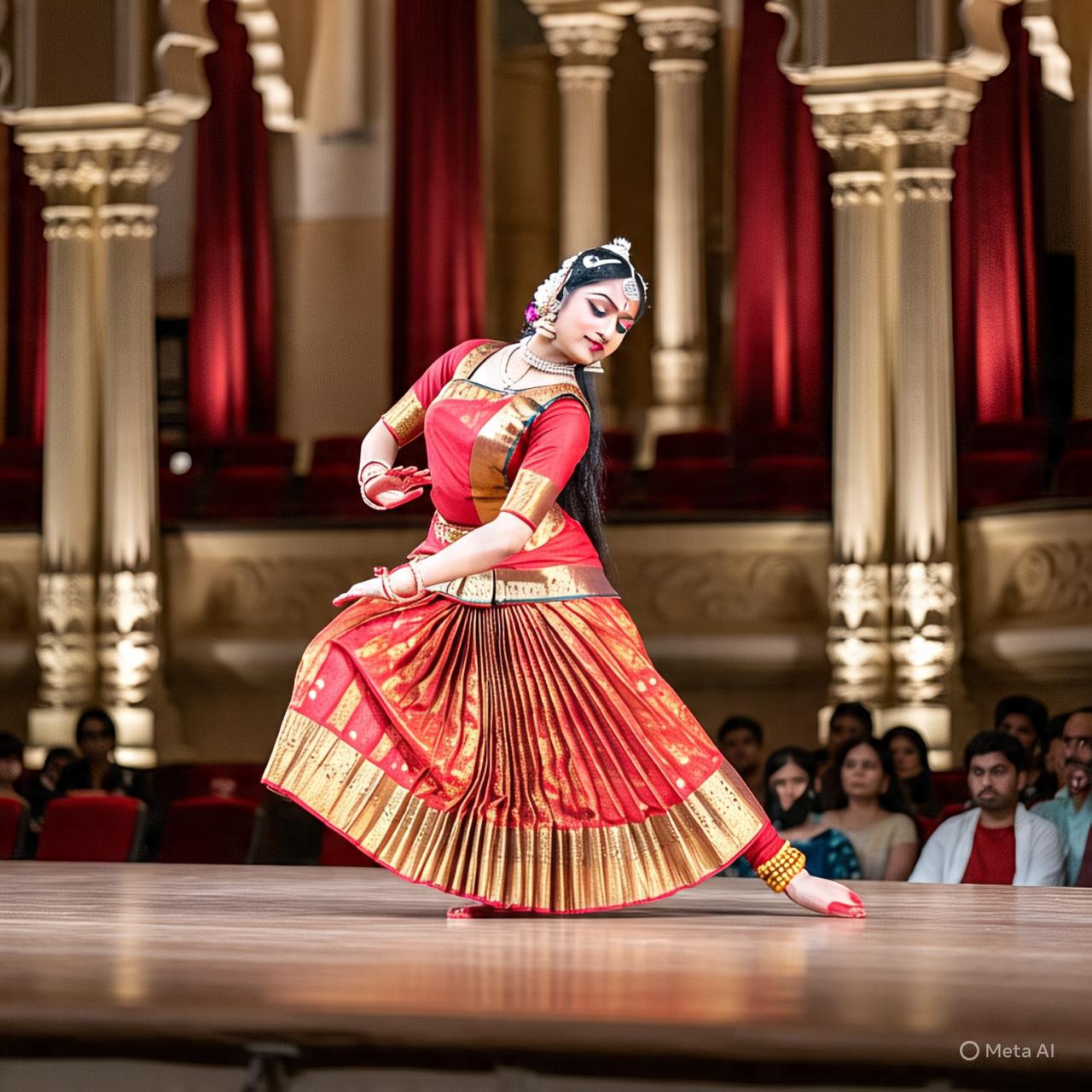Classical Indian dance forms, such as Bharatanatyam, Kathak, Odissi, and Kathakali, hold significant cultural and artistic value. Here are some importance of classical Indian dance:
*Cultural Significance*
1. *Preservation of Heritage*: Classical Indian dance forms preserve India's rich cultural heritage and traditions.
2. *Storytelling*: These dances often depict mythological stories, legends, and historical events, conveying moral values and cultural narratives.
*Artistic Value*
1. *Expression and Emotion*: Classical Indian dance is known for its expressive gestures, intricate footwork, and emotive storytelling.
2. *Technical Complexity*: These dance forms require rigorous training, discipline, and technical skill.
*Social Impact*
1. *Community Building*: Classical Indian dance brings people together, fostering a sense of community and cultural identity.
2. *Empowerment*: Dance can be a powerful tool for self-expression, empowerment, and personal growth.
*Therapeutic Benefits*
1. *Physical Fitness*: Classical Indian dance improves flexibility, strength, and coordination.
2. *Mental Well-being*: Dance can reduce stress, improve mood, and enhance cognitive function.
*Education and Appreciation*
1. *Cultural Exchange*: Classical Indian dance promotes cross-cultural understanding and appreciation.
2. *Artistic Appreciation*: These dance forms inspire appreciation for the arts, encouraging audiences to explore and learn about Indian culture.
Overall, classical Indian dance is a treasured part of India's cultural heritage, offering numerous benefits for individuals, communities, and society as a whole.

